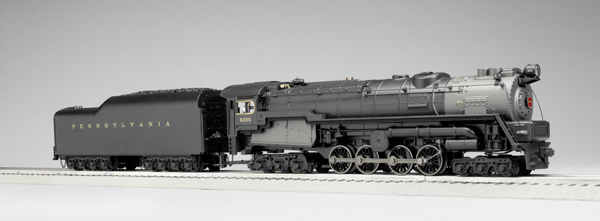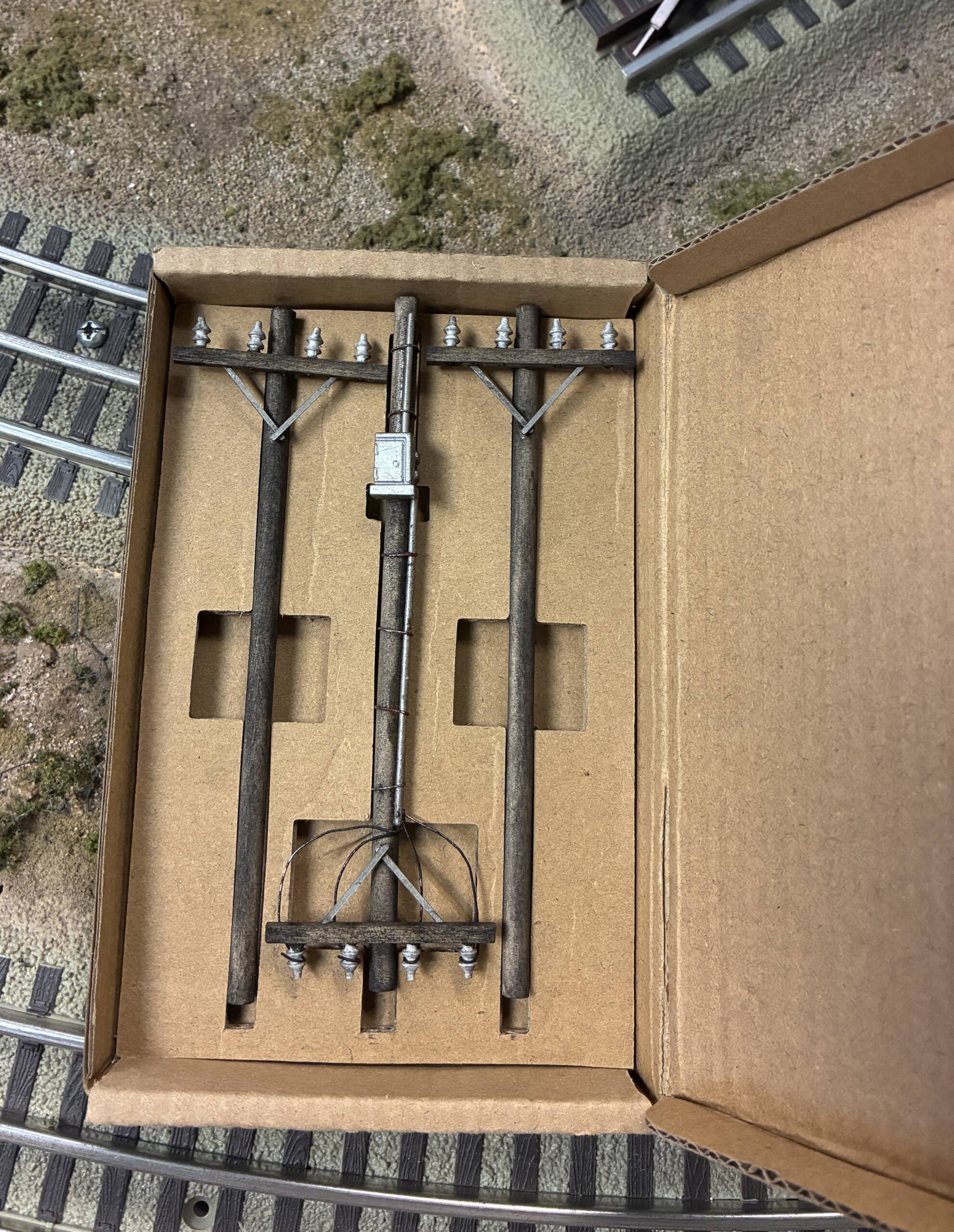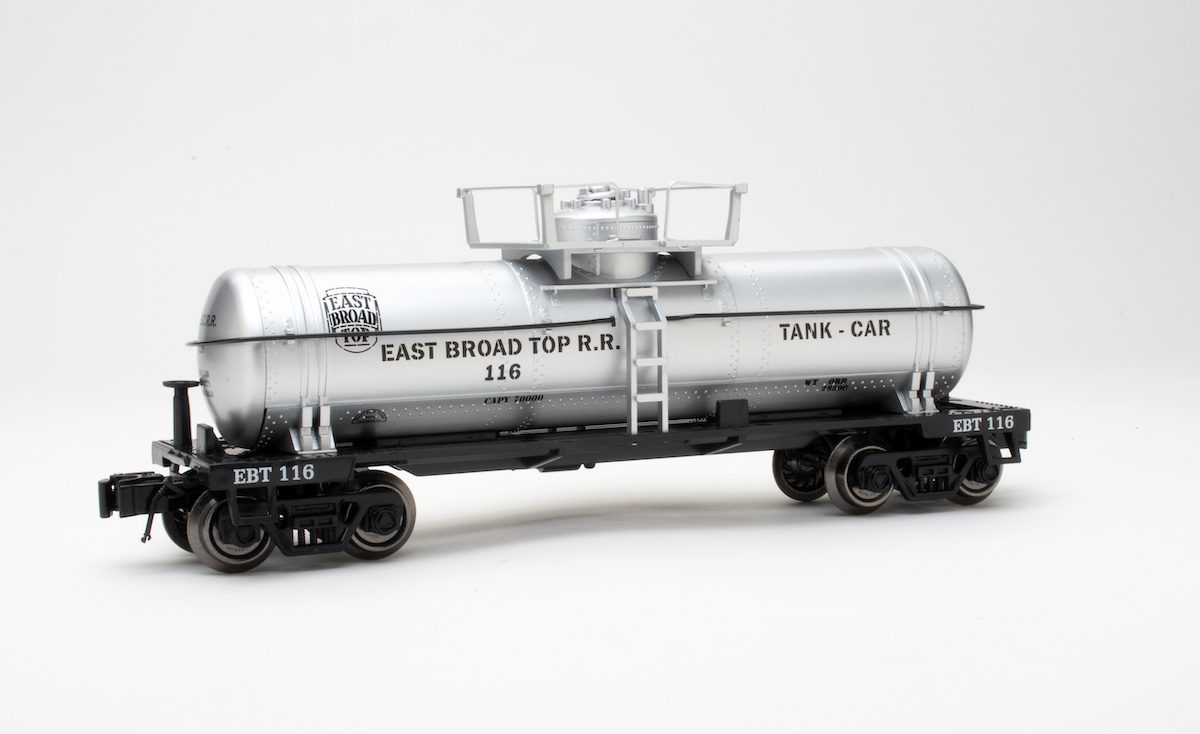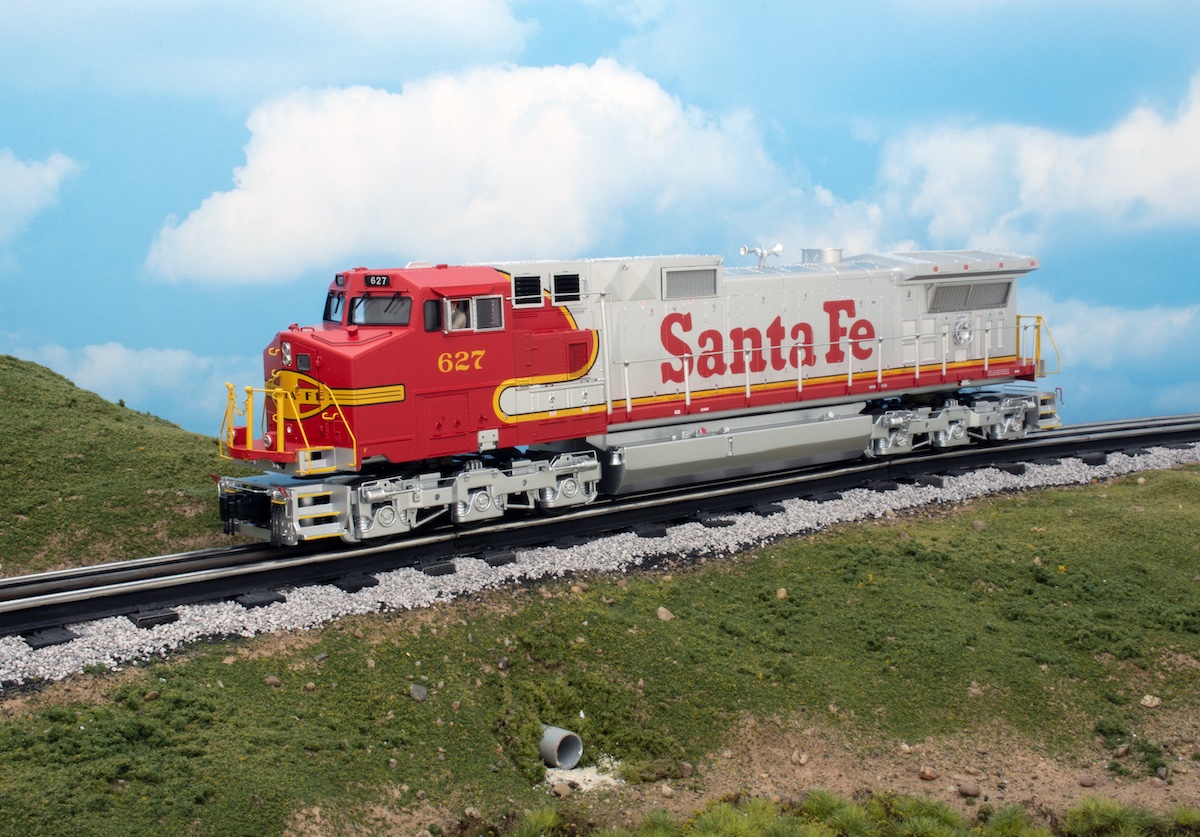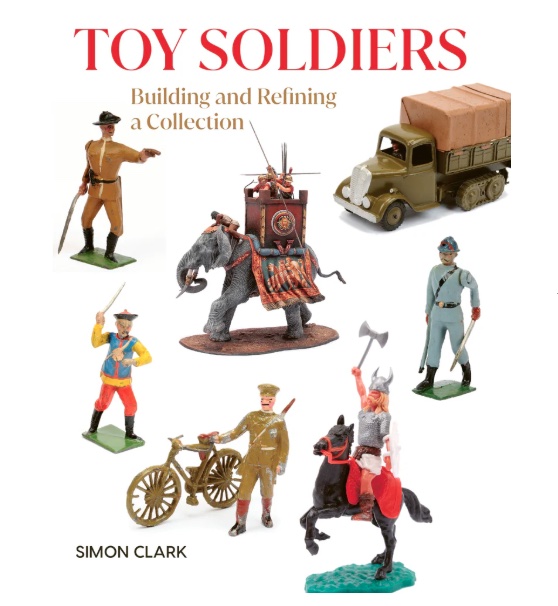The notion of a locomotive like the S2 began in 1937, but was largely delayed due to World War II restrictions. It was delivered from Baldwin in 1944.
The concept was to capitalize on Westinghouse turbine technology used on warships to provide an advantage for high-speed steam operations. The S2-class design was a 6,900-horsepower locomotive that was free of running gear (save for side rods and a lubricator arm) and weighed nearly 1 million pounds.
The S2 was placed in passenger service between Chicago and Crestline, Ohio; the locomotive delivered the high-speed performance and efficiency the Pennsylvania hoped for at the 60-plus speed range. The S2 also proved capable of attaining and sustaining 100 mph. Efficiency below 60 mph – which was not an initial concern – left much to be desired. Technical issues did sideline the locomotive for a considerable amount of time. Then time ran out for the problems to be solved.
The locomotive was in the Crestline shop deadline by 1949 and was scrapped around 1952. For a concise history of the technical and operational details of the S2 Turbine project, see “Battleship of the Rails” in the Spring 2012 issue of our sister magazine Classic Trains.
Opening the box
The look of the MTH O gauge model mirrored the real thing – a solid, well-balanced steam locomotive.
MTH has made two previous RailKing versions of the S2: the no. 30-1167 Bantam – which is an approximation of a traditionally sized postwar Turbine – and the no. 30-1149, a slightly larger version that might be dubbed “semi-scale”.
I reviewed the 30-1149 in the October 2000 issue of Classic Toy Trains.
The first detail that pops out at me is the S2’s 6-8-6 wheel arrangement. This is very cool compared to a Berk!
The front of the locomotive is all-business, with a solid, angled pilot and a large compressor cover that suggests the air intake of an F-100 fighter. The smokebox has ample rivet and latch detail, and the famous red Pennsy keystone number plate is located in the center. Crowning the face is a headlight and number boards.
The boiler has a good level of cast-in detail for rivets, seams, and boiler bands. Add-on detailing includes handrails, marker lights, a whistle, pop-off valves, and a turbine.
The real S2 had four stacks. This model has a single exhaust tube placed in the middle of a shape that simulates four stacks. The center of the exhaust is quartered so, in the right light, it looks as though there are four smoke streams.
The cab exterior has a stylish curve to the front of the side windows and grab irons leading up to the side doors. The cab interior has cast-in detail accented further by red and white paint (red for handles and white for gauge faces). You’ll also find two crew figures in the cab. The drawbar is a bit long (no doubt to facilitate tighter curves), so there is about a 1½-inch gap between the cab and the tender.
The tender is an eight-axle giant with a chunk-style coal load. The rear of the tender has a backup light and markers, as well as a ladder up to the deck. The deck behind the coal bunker is painted Tuscan Red for a really nice contrast.
Each truck has chains attached to the frame to simulate brakewheel chains for manual operation by crewmen.
Painting and decoration are great – the mix of gray, Brunswick Green, and Tuscan Red is very well applied.
On the test track
As we were finishing up testing of this locomotive, we received an advisory from MTH warning operators to cease operating the model due to a component that would eventually fail and interrupt communication between the locomotive and the tender. The damage to the unit would be permanent, so operators take heed.
The problem is a missing 470 ohm 1⁄4-watt resistor. MTH has come up with a replacement kit to be distributed free of charge to service centers or directly to customers who purchased the locomotives (nos. 30-1560-1 and 30-1561-1).
The fix involves cutting a wire, soldering a resistor in place, and installing shrink wrap over the resistor and wiring.
At no time did we experience problems with the model, but the key to the issue is that it will eventually fail. On to happier news: I greatly enjoyed operating this locomotive and it ran just fine.
The S2 is equipped with ProtoSound 3.0. Yes, you still need to wait for the capacitor to charge up to get the audio going, but as before, once you are aware of the hesitation, it becomes a normal event.
Firing this puppy up, the first thing you notice is the sound. If you expect a traditional chuff, you’re out of luck. This model features the whooshing sound of a turbine. It is cool, but a bit unexpected for a locomotive with a steam body!
The drawbar connecting the locomotive and tender has a fairly precise fit (slide the male connector through the slot in the drawbar, press it together with the female connector, and you have it!).
Performance was very good. Movement was as smooth as silk, and all functions performed as advertised.
Our command-mode low-speed average was 2.7 scale miles per hour, while our conventional-mode low speed was 6.1 scale miles per hour. Our high-speed average was 67 scale miles per hour.
Drawbar pull was 1 pound, 15 ounces.
This was fun to operate. The sound system and reproduction are solid, and the size is right for someone who wants to go beyond a traditionally sized and detailed model yet may not have the trackage to accommodate a scale version.
Price: $449.95 (no. 30-1560-1)
Features: O-31 operation, can-style motor, ProtoSound 3.0





